In Spain, there are over 260 types of olives, each contributing unique aromas and flavors to the olive oil. Although the olive variety influences the oil profile, the most crucial factor is the production process. From cultivation to cold extraction and conservation, careful handling ensures a fresh and aromatic oil. The best-known extra virgin olive oils include: Arbequina (mild and fruity), Picual (intense and spicy), Hojiblanca (balanced), Cornicabra (robust and complex), and Royal (mild and fruity with high polyphenols). Proper conservation is vital for maintaining their quality.





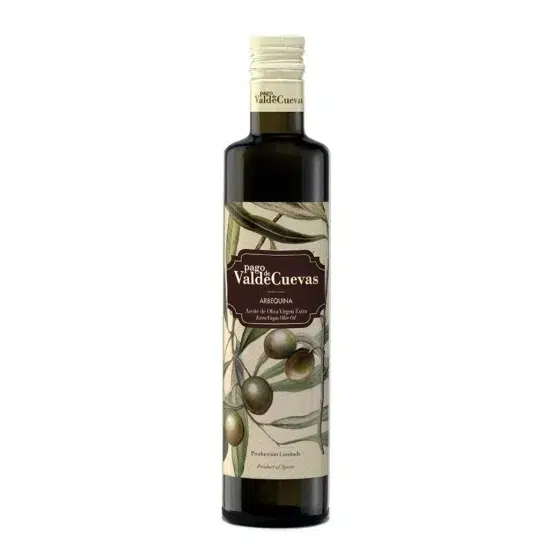
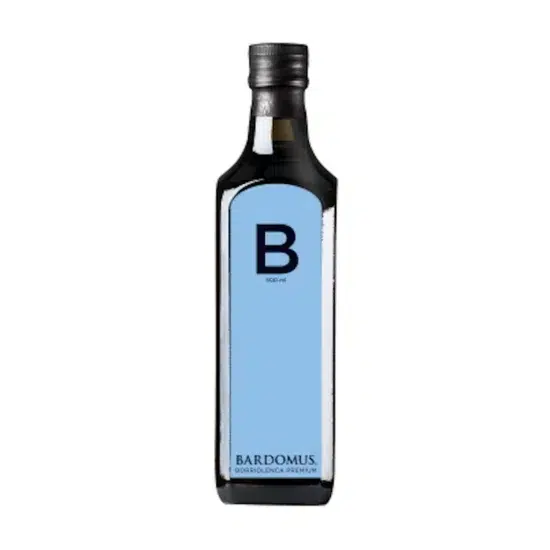
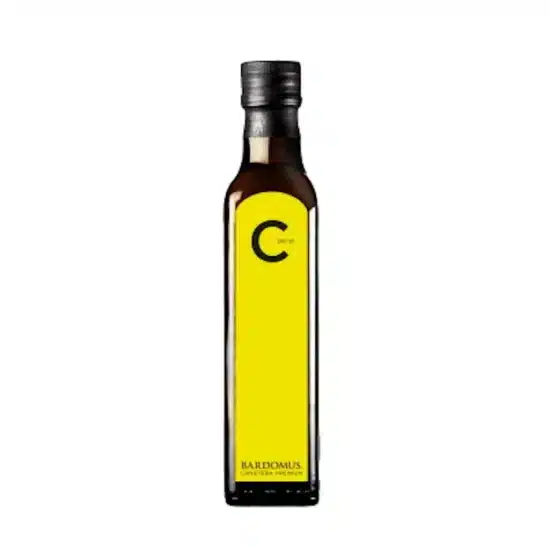
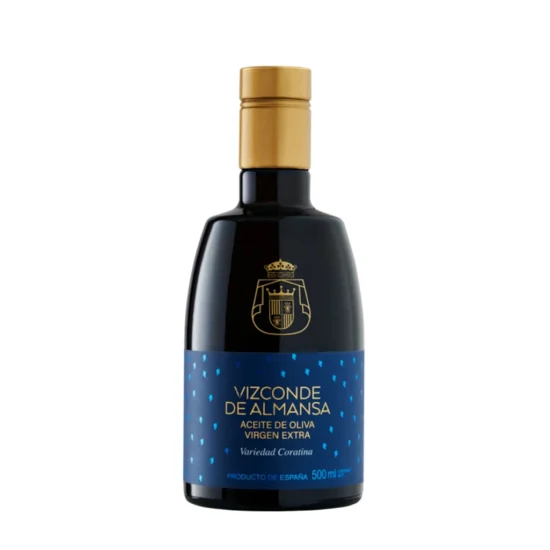



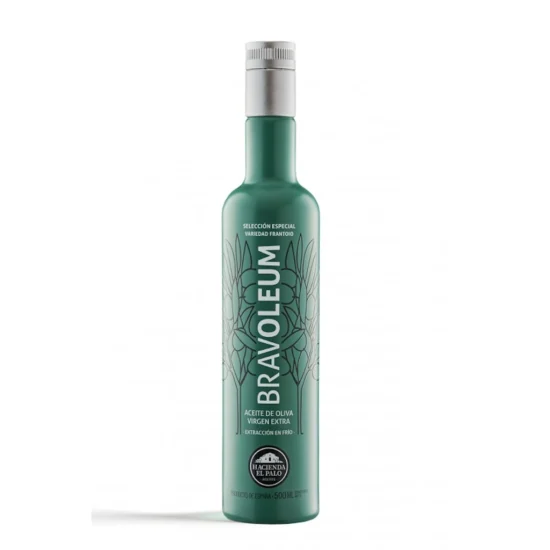



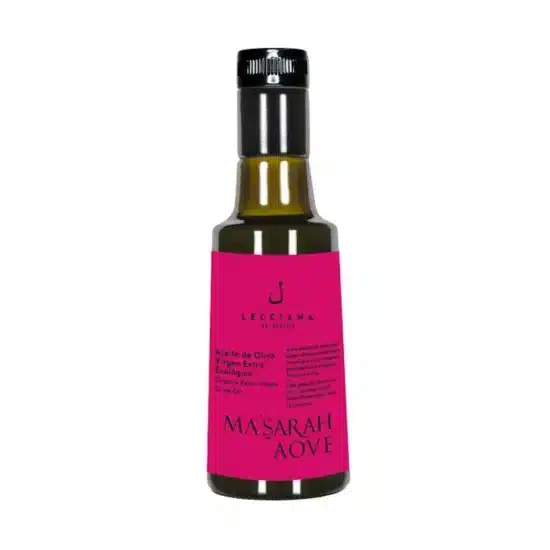
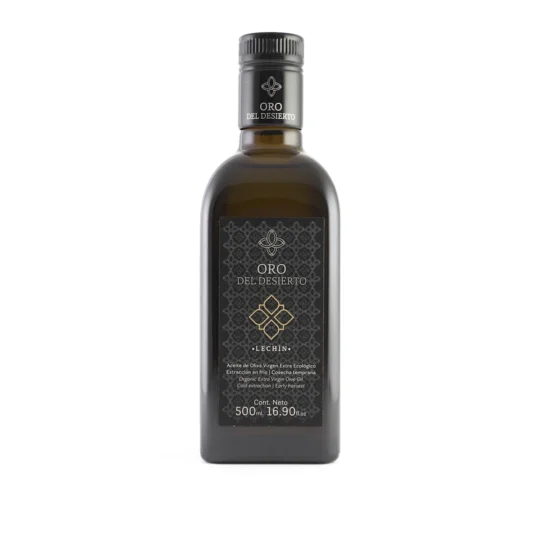

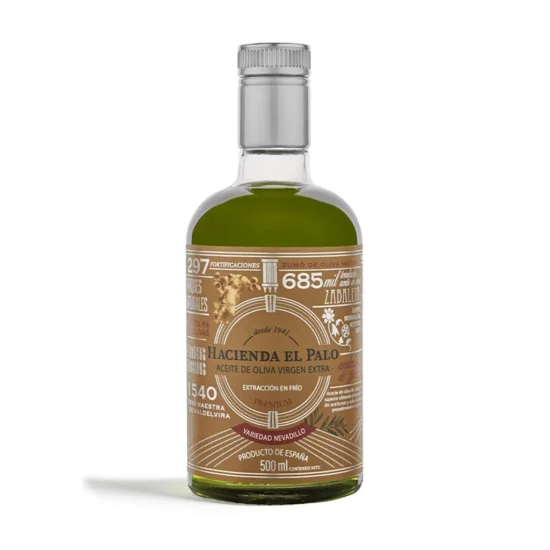

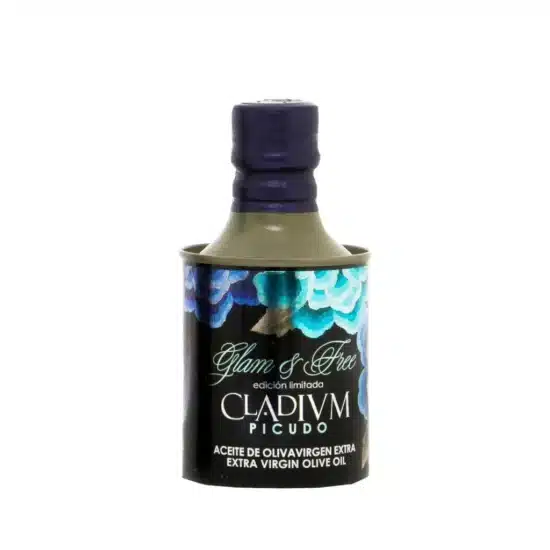
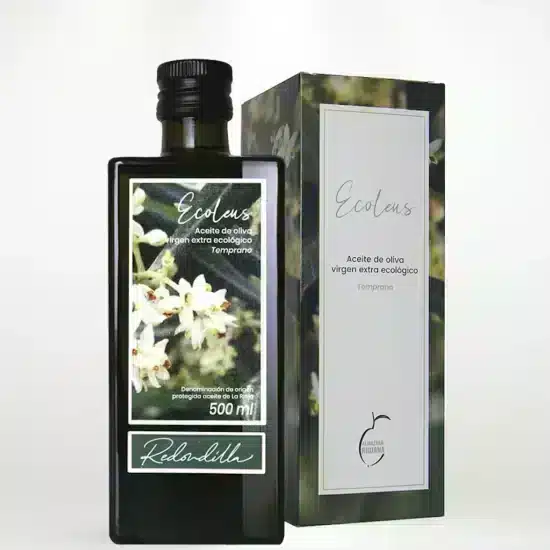


ALZAYT EXPORT SL
info@aceitedelcampo.com
C/ Eduardo Bosca 19, 2-5
46023 Valencia
Subscribe and receive a coupon by email for your next purchase.